The CPD Blog is intended to stimulate dialog among scholars and practitioners from around the world in the public diplomacy sphere. The opinions represented here are the authors' own and do not necessarily reflect CPD's views. For blogger guidelines, click here.
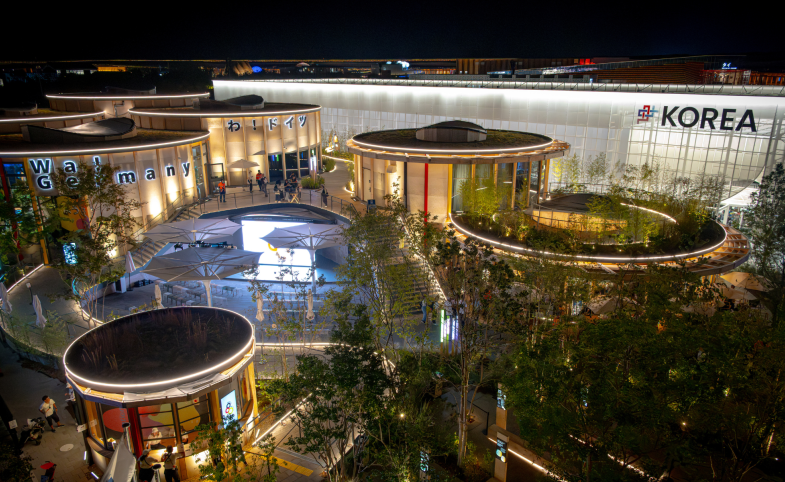
Expo Awards: From Presentation to Persuasion
Below is the third installment in a series documenting Expo 2025 by César Corona, CEO of ExpoMuseum.com, an organization devoted to documenting World Expos and collaborating with partners and press to share knowledge about them. All images were captured by Corona. For more of his work—including part one and part two of this series—visit his author page.
Award season is in full swing at Expo 2025 Osaka, Japan, where more than 150 countries are showcasing their identity, culture, and visions of the future. As the Expo draws to a close, attention turns to the most prestigious recognition: the Official Participant Awards of the Bureau International des Expositions (BIE), presented during the BIE Honor Day on the eve of the closing ceremony.
These awards are carefully structured to reflect the diversity of participation. At Expo 2025 Osaka, categories include:
- Architecture and Landscape (for self-built pavilions) and External Design (for module pavilions)
- Exhibition Design
- Theme Development
- Sustainability
Within each Expo, pavilions are grouped according to their size and type. This ensures that recognition is distributed fairly and that the architectural and financial weight of the largest pavilions does not overshadow that of smaller participants.

(U.S. Pavilion at Expo 2025 Osaka. Image: ©2025, César Corona)
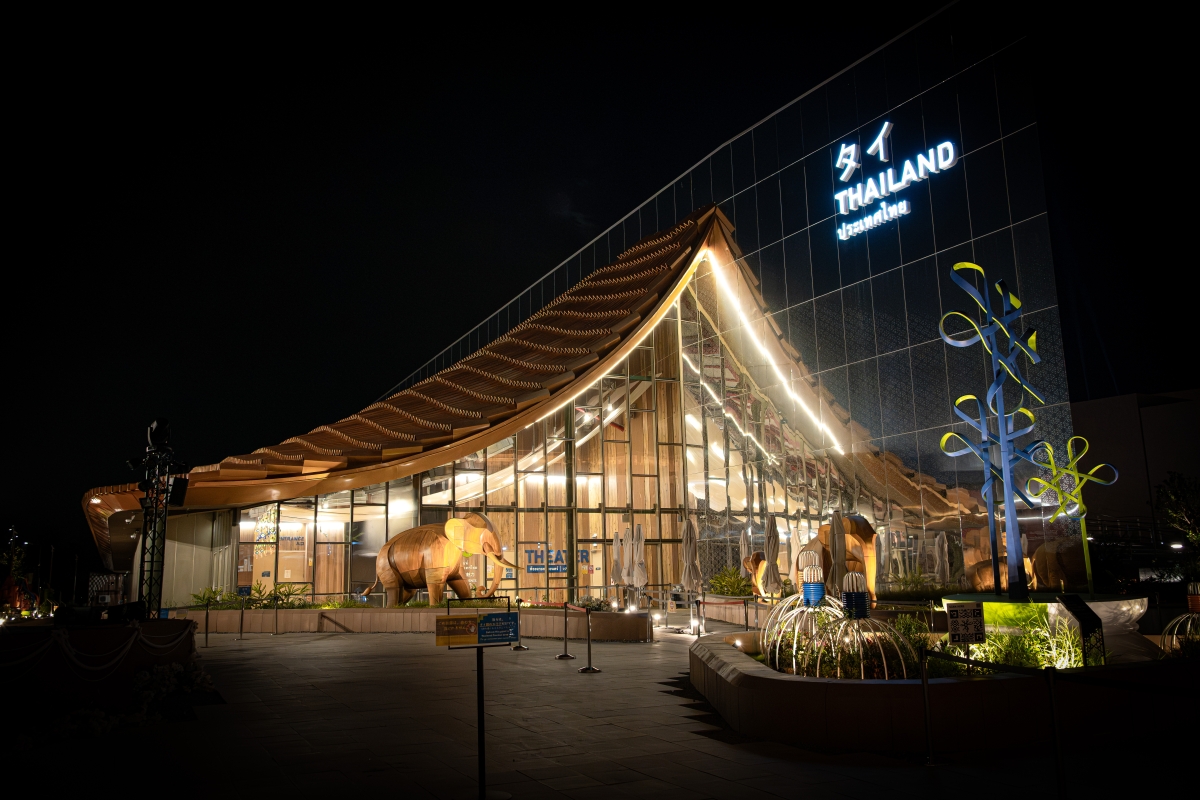
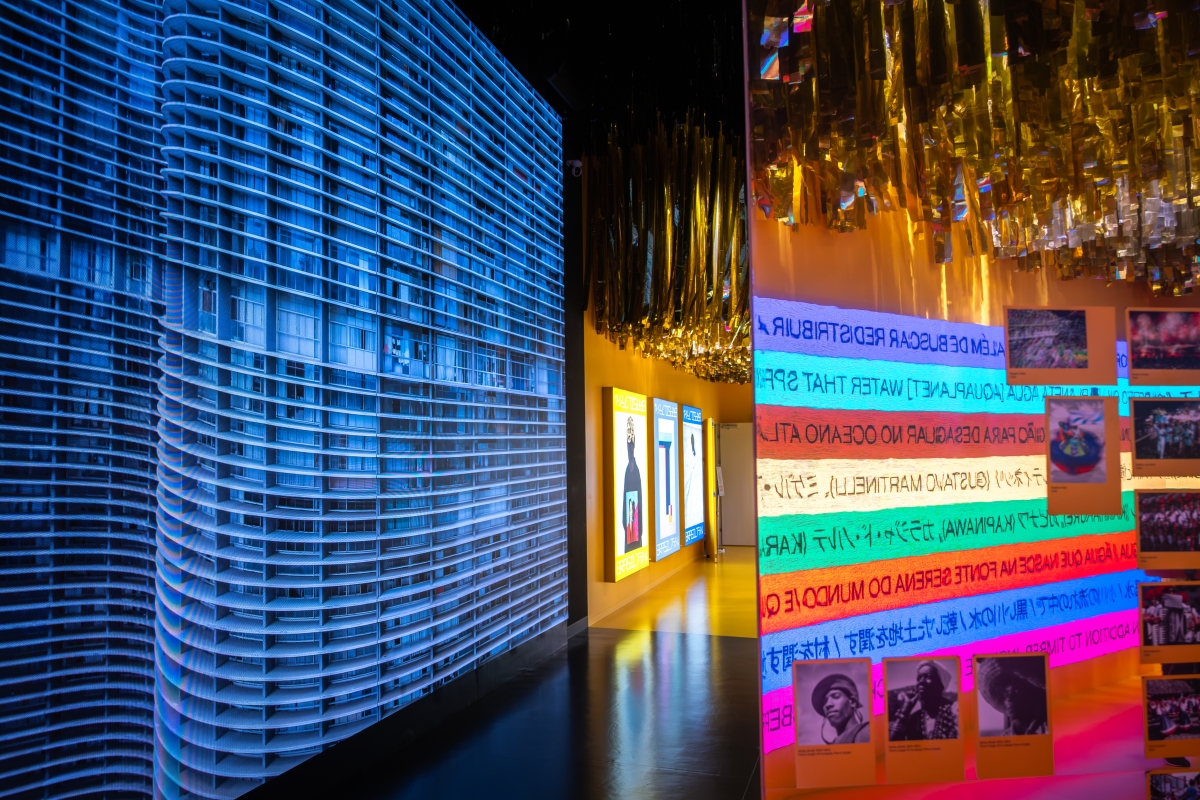
(Brazil Pavilion at Expo 2025 Osaka. Image: ©2025, César Corona)
The production stage is the starting point, where participants assemble their messages through architecture, exhibits, and other communication channels. This stage is valuable, but it represents only the first step in the persuasion process. The BIE and similar awards primarily acknowledge this stage, highlighting creativity and design as reflections of the inputs invested in participation.

"As Expo 2025 Osaka concludes, awards will rightly celebrate the creativity and design brilliance of its participants. Countries should embrace this recognition, but they must also remain focused on their broader purpose: advancing national interests through lasting impact."
Genuine persuasion, however, only starts to emerge in the next step, the reaction stage, when the effects of communication begin to surface. At a minimum, the message should capture the visitor’s attention and be understood. This is the first sign that communication is having an effect beyond simple exposure. At Expo 2025 Osaka, for example, the Singapore Pavilion and the United Nations Pavilion conduct exit surveys that measure visitor attention and comprehension.
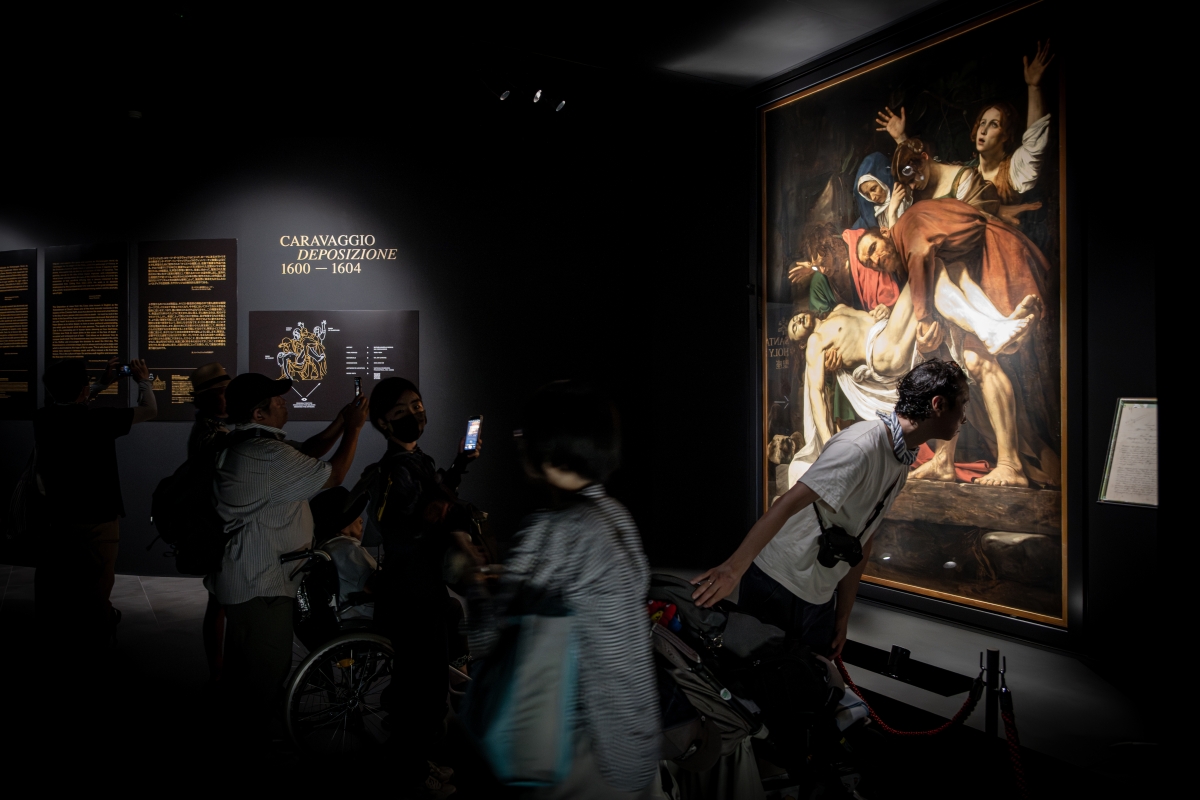
The next step is the internalization stage, when visitors begin to accept and retain what they have learned. The expectation is that the message will move beyond momentary attention and become part of the visitor’s memory and worldview. This process is often reinforced by complementary experiences, such as cultural programming, follow-up communication, or connections made beyond the pavilion itself.
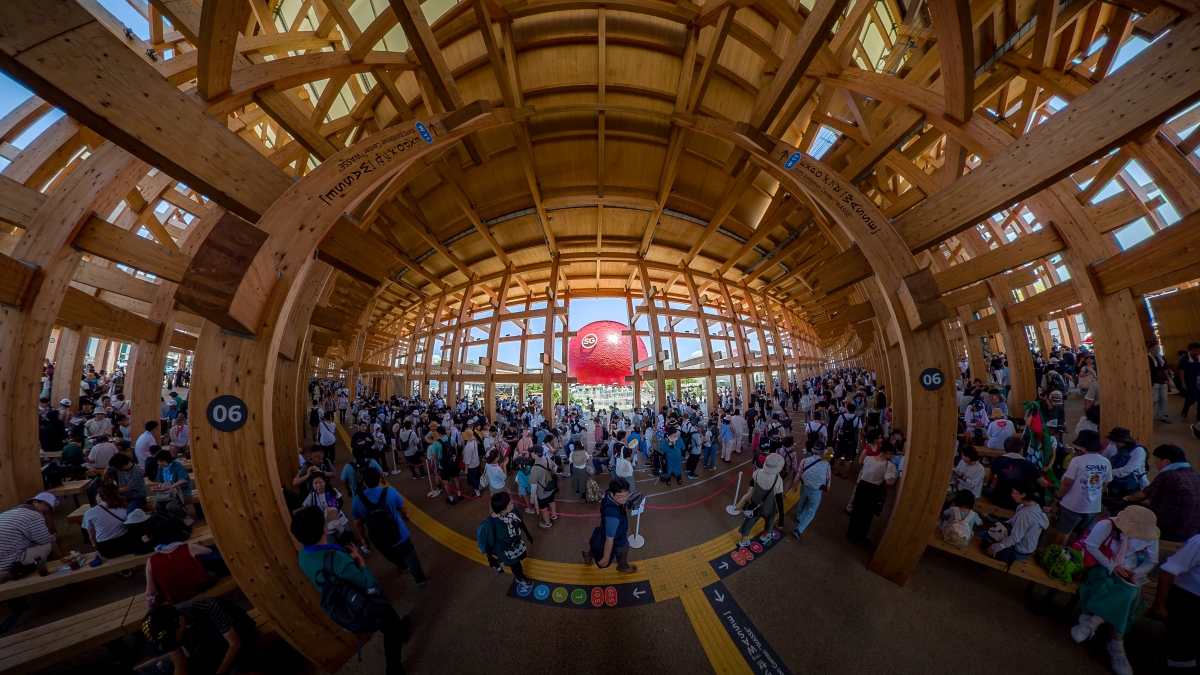
The real test lies in the action stage, where communication proves its long-term value. Here, visitors not only remember the message but also change their mindset, behavior, and choices as a result of the visit. The expectation is that they take steps that align with the participant’s goals. Did the pavilion lead visitors to respect the country’s people and culture, support its initiatives, travel there as tourists, trust its society and institutions, or prefer its products? These are the kinds of long-term outcomes Expos are meant to generate, yet awards rarely capture them.
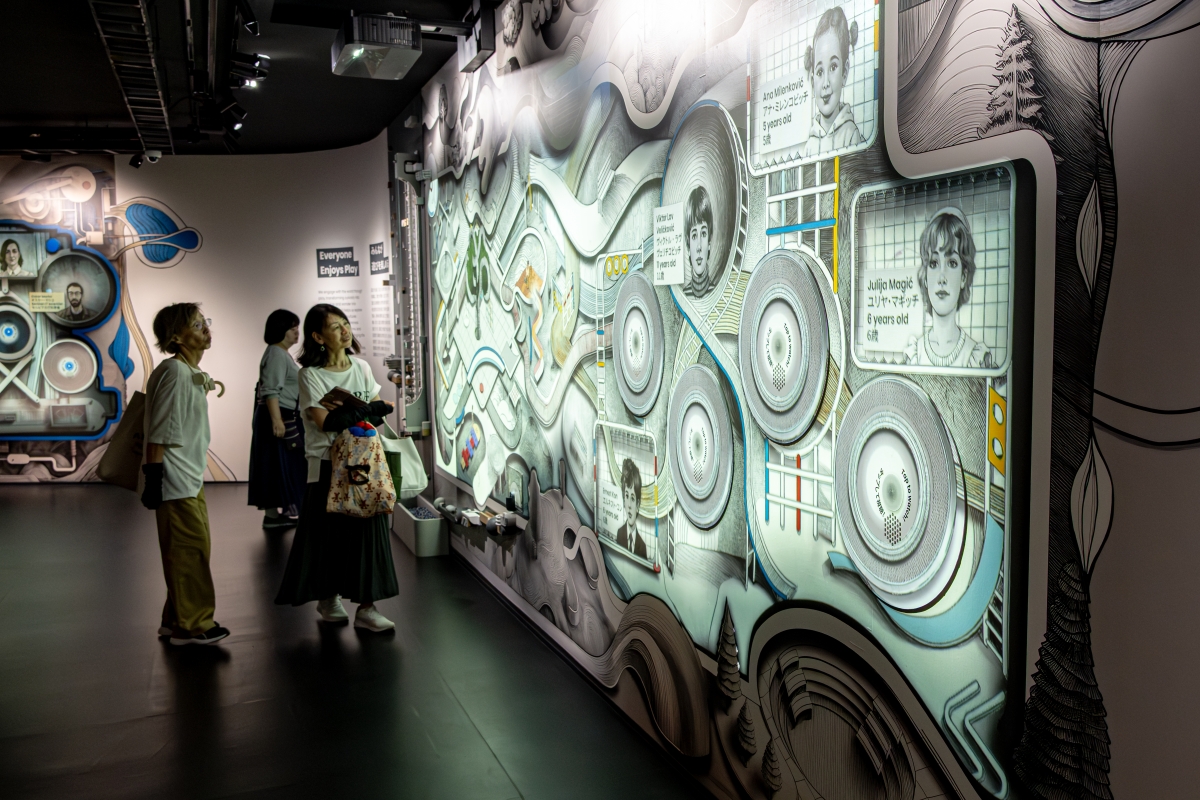
(Serbia Pavilion at Expo 2025 Osaka. Image: ©2025, César Corona)
A pavilion may win an award for architectural ingenuity but still fail to generate lasting engagement, while one without awards may foster relationships, reshape perceptions, and advance national goals. Without assessing whether the experience leads to action, awards remain partial measures of success. The crucial question, using Lasswell’s model, is “with what effect?” This serves as a reminder that the ultimate outcome of communication lies in action, not presentation.
As Expo 2025 Osaka concludes, awards will rightly celebrate the creativity and design brilliance of its participants. Countries should embrace this recognition, but they must also remain focused on their broader purpose: advancing national interests through lasting impact. The true measure of success will not be the medals or certificates, but whether visitors left with messages they retained, believed, and acted upon. The real value of World Expos lies in inspiring lasting change in connections, attitudes, and behaviors that continue long after the closing ceremony.
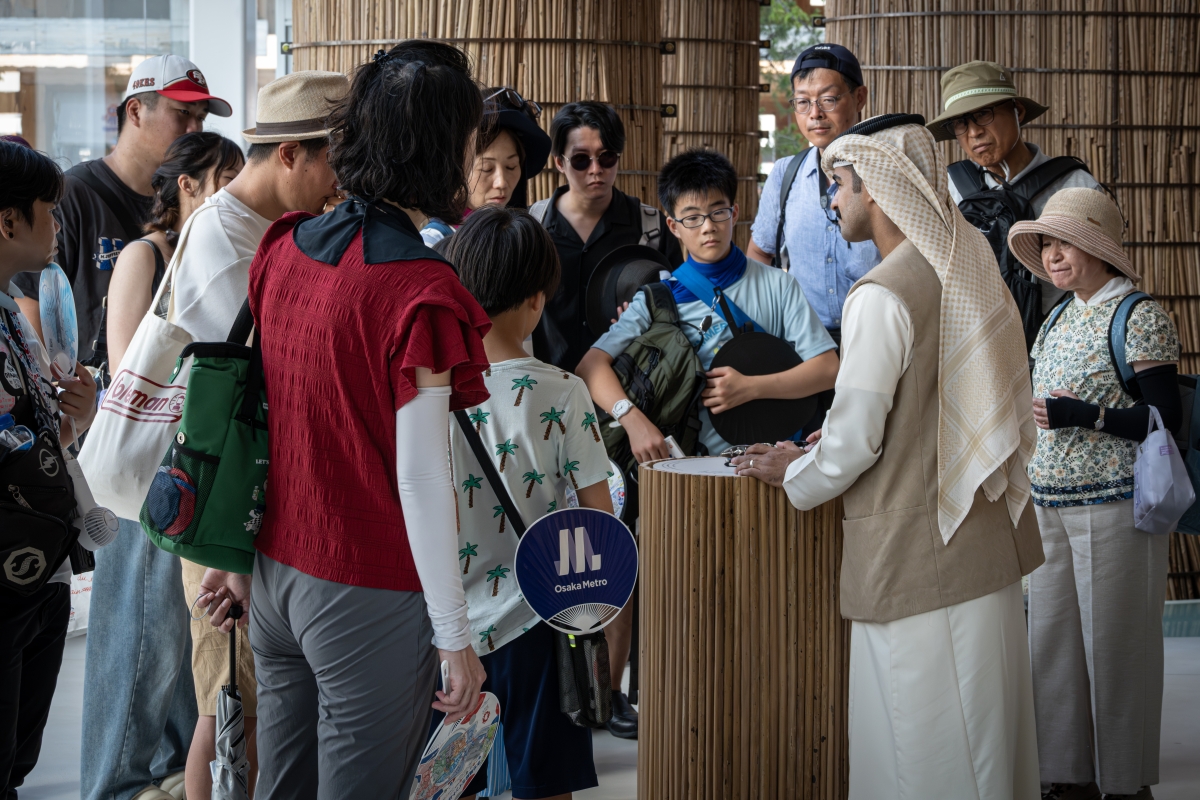
Visit CPD's Online Library
Explore CPD's vast online database featuring the latest books, articles, speeches and information on international organizations dedicated to public diplomacy.
POPULAR ARTICLES
-
November 3
-
November 5
-
November 13
-
October 16
-
October 16
Join the Conversation
Interested in contributing to the CPD Blog? We welcome your posts. Read our guidelines and find out how you can submit blogs and photo essays >.









